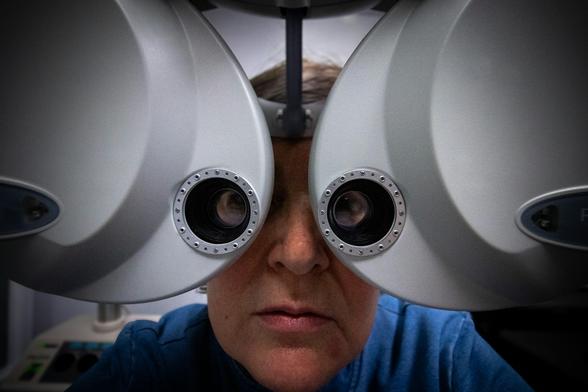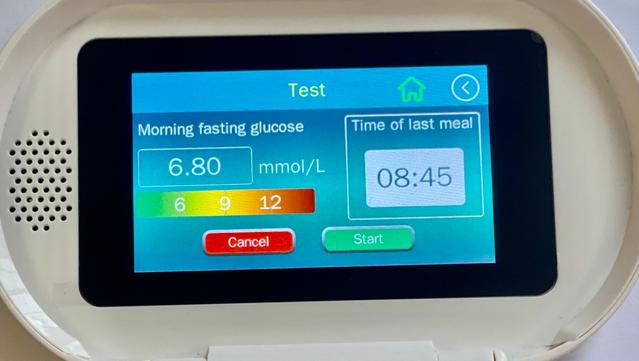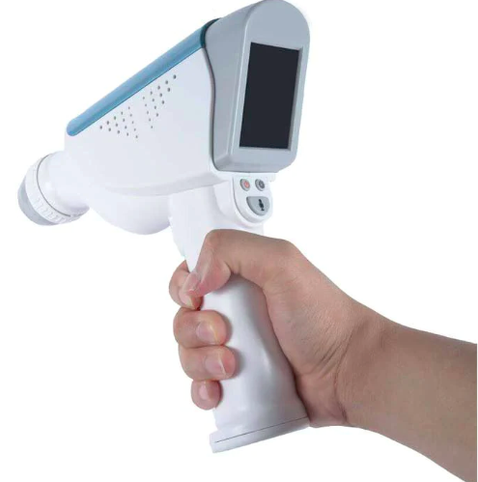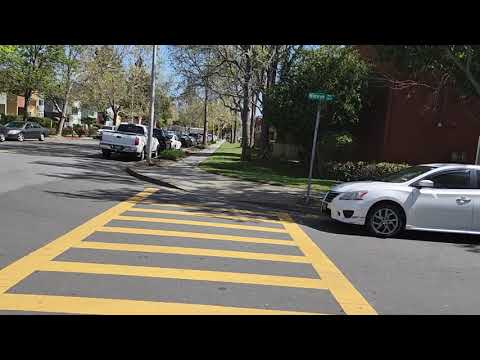Researchers from three leading U.S. universities have developed a revolutionary method to destroy cancer cells using light without drugs, chemotherapy, or invasive procedures. This breakthrough technique harnesses a specialized light-based process that targets malignant cells with precision, leaving surrounding healthy tissue unharmed.
In laboratory tests, the treatment achieved a remarkable 99% success rate, showing the potential to transform how cancer is treated in the future. Unlike traditional therapies that often cause severe side effects, this approach is minimally invasive, non-toxic, and far more selective.
Scientists believe this innovation could pave the way for safer, faster, and more effective cancer therapies, offering hope to millions of patients worldwide. If successfully scaled for clinical use, it may represent one of the most significant advances in oncology to date.
This discovery proves that light itself could become a powerful weapon in the fight against cancer ushering in a new era of precision medicine.
Core discovery & research
#MedicalBreakthrough #CancerResearch #Oncology #LifeSciences #FutureOfMedicine #Biotech
Therapy specifics
#LightTherapy #Phototherapy #PrecisionMedicine #DrugFreeTreatment #TargetedTherapy #NonInvasive
Impact & hope
#EndCancer #HopeForPatients #InnovativeMedicine #GameChangingScience #CuttingEdgeTech






